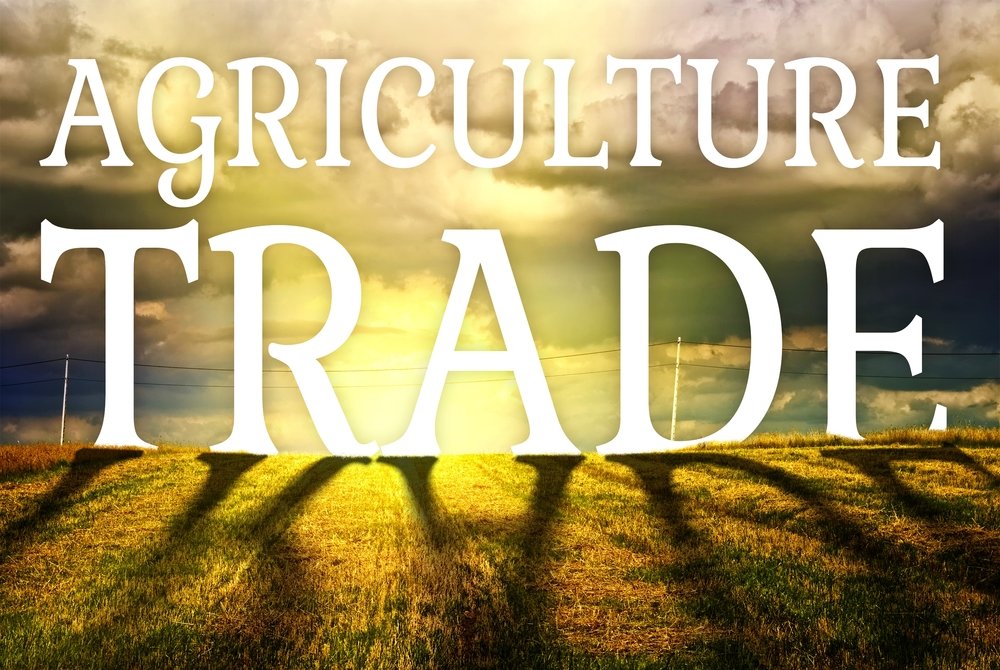Global wildlife populations fell 69% between 1970 and 2018, according to the World Wide Fund For Nature (formerly World Wildlife Fund) in its Living Planet Report.
Latin America has taken the biggest hit in terms of loss, recording a 94% decline in wildlife population. Africa recorded significant wildlife and biodiversity loss at 66%; Asia-Pacific noted a 55% loss. The report also claims freshwater species populations have seen the greatest overall global decline, at 83%.
Such a huge loss of wildlife is due to to land and sea use, extraction of fossil resources, pollution and the presence of invasive animal species.
Links between food systems, forests and biodiversity
“The report makes for incredibly bleak reading, and tackling this problem will require a range of bold solutions,” Alice Ravenscroft, head of policy at the Good Food Institute Europe, said in a statement. “But crucially, we will not be able to restore our fragile ecosystems – from rainforests and grasslands to coral reefs – unless we change how meat is made.”
Globally, around 10 million hectares of forests — roughly the size of Portugal — are lost every year. The way we produce our food is a big reason for this as well as overall biodiversity loss.
Latin America’s wildlife loss, for instance, is linked to rapid deforestation rates in the Amazon. So far, around 17% of the forest has been lost in creating space for cattle ranching and beef production, says the World Wide Fund for Nature.
Animal protein production contributes to deforestation and habitat destruction in other parts of the world, too.
Ravenscroft said animal agriculture is the biggest driver of deforestation. A Chatham House report corroborates food systems being a key driver of biodiversity loss. Conventional agricultural practices and a growing population needing more for food require more land for agriculture, says the report.
“With global demand for meat increasing, plant-based and cultivated meat use up to 95% less land. Governments around the world need to invest in the research and infrastructure needed to scale up these more sustainable solutions,” said Ravenscroft.
Making a strong sustainability shift
The Living Planet Report claims that a transition to more sustainable systems is crucial; this can only be realized by acting on all the drivers of wildlife loss simultaneously. The report also emphasizes the need to limit global warming caused by too much carbon in the air from not only agriculture, but transportation, energy, buildings and general industry.
It also advocates for trade regulations to ensure that global supply chains are sustainable. The report claims that ensuring a country’s imports are sustainably produced will reduce biodiversity loss from phenomenon such as exported deforestation, which results from exports of food and goods produced as a result of deforestation.
A shift to sustainable proteins could also play a role in reducing biodiversity lost from deforestation. Analysis by CE Delft found cultivated meat could require up to 95% less land than conventional meat. Research also published in Nature found that replacing 20% of beef with fermentation-made meat could halve global deforestation rates.
The role of businesses and consumers
GFI Europe’s corporate engagement manager, Carlotte Lucas, says more businesses need to involve themselves in sustainable proteins. That would enable the alt-protein industry to scale up, and it would reduce the need to clear land for protein production.
“Established food companies can do this by forming partnerships – combining their manufacturing and production expertise with the unique and impactful solutions being developed by sustainable protein startups in a way that can drive real change,” she tells AFN in an email interview.
“Large food companies are slowly beginning to understand the value of investing in sustainable proteins such as plant-based and cultivated meat, but we need this transition to happen much more quickly for these foods to be able to fulfill their environmental potential.”
GFI, in a survey conducted by OpinionWay, found that consumers in Italy, France, Germany and Spain questioned the environmental impact of meat production. Over 60% of respondents in each country believed the food industry should find alternatives to conventional meat production and consumption.
“Although consumers are demanding more sustainable products, it is unrealistic to expect them to be responsible for driving the change needed in our food system. That will only happen when sustainable plant-based and cultivated meat cost the same and taste as good as conventional meat,” says Lucas.
“We now urgently need companies and governments around the world to invest in the research and infrastructure needed to enable these foods to become the default – rather than the luxury – option, so they can deliver their full environmental impact.”












